Simulations
On the Ranch, most of the frames of an animation are calculated in parallel, simultaneously on different servers. Unlike a single machine rendering, Cinema 4D cannot access information calculated for the previous frames.

On your computer, each frame re-use the information calculated for the previous frames.

On the Ranch, each server will have to re-calculate the simulation from the beginning of the animation to know its current state.
Due to this behavior, the greater is the frame, the longer the preparation time will be and it leads to a rendering time curve as below:
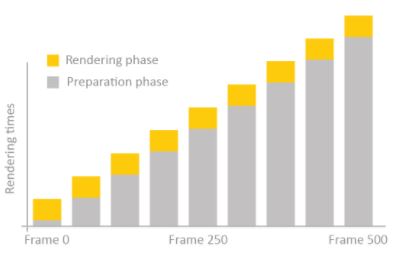
You can avoid this behavior by caching your simulations. Thanks to the cache, instead of having to re-calculate the simulation, Cinema 4D can know the current state of the simulation by reading a file (or information stored in the scene file).
TIP
You can detect an uncached simulation in your scene by rendering only one frame from the middle or the end of your animation. If there are some uncached simulations, you will have an abnormally long preparation time, looking like this in the Picture Viewer:

How to cache simulations?
There are several ways to cache your simulations. Most of the Cinema 4D standard simulation tools have a built-in cache feature.
Dynamics
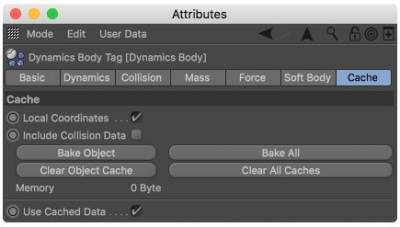
Cloth
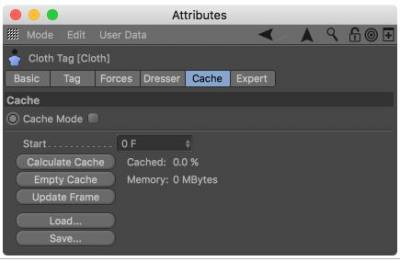
MoGraph cloners
(Menu Create > Tag > MoGraph Tags > MoGraph Cache)
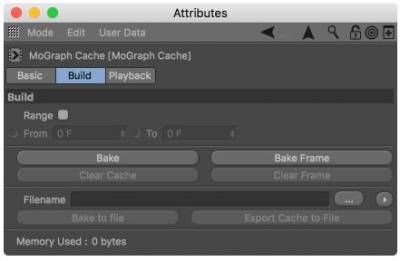
Hair
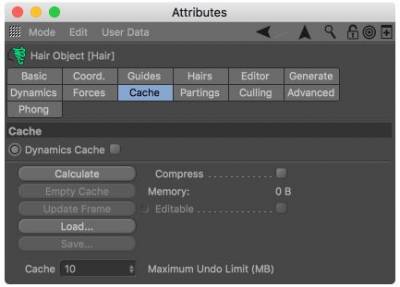
Particles
(Menu Simulate > Particles > Bake Particles)
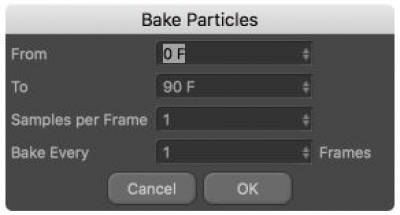
There are two generic methods to bake animations to keyframes (or PLA for mesh deformation).
1. Timeline > Functions > Bake Objects…
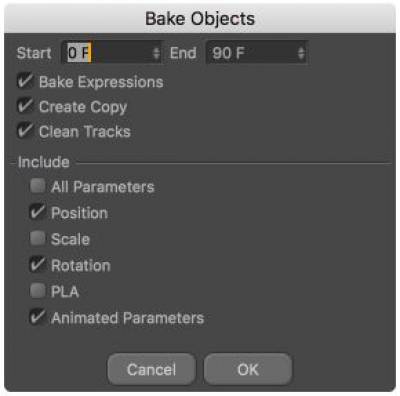
2. NitroBake, the Cinema 4D plugin by Nitroman.

